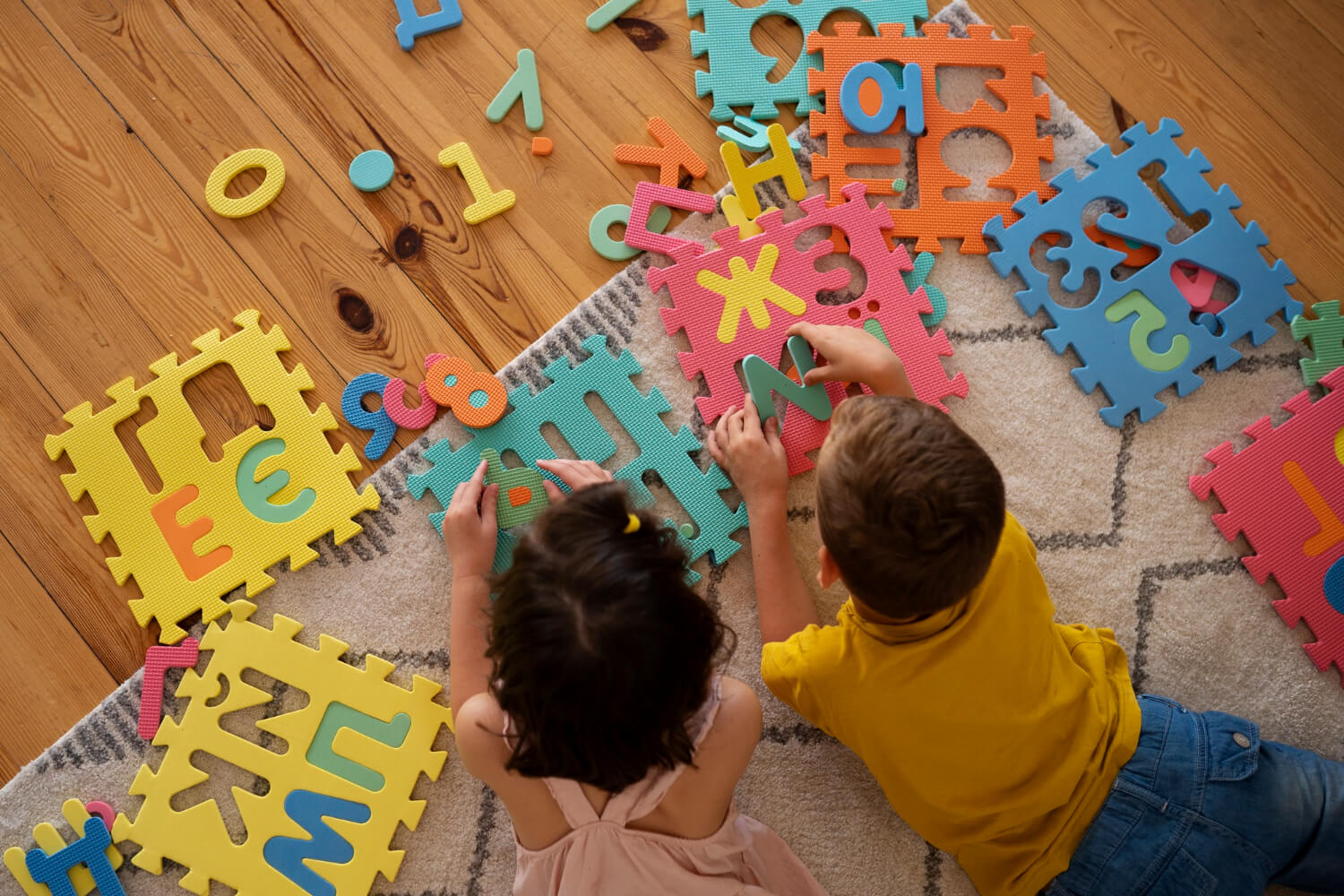At GIIS Tokyo, the institution remains dedicated to delivering exceptional education to students worldwide. Embracing the cultural philosophy of ‘Schools That Learn’, every member of the community is regarded as an integral participant in the learning journey.
The institution has earned recognition as a leading private and international school by encouraging students to assume proactive roles in their educational advancement. Through distinctive engagement methods, the institution fosters a culture that celebrates the pleasure of continuous learning.
Here is how the different school stages are built to ensure the best educational journey for your child:
Nursery School
GIIS emphasises students’ foundational years through its Montessori education. The innovative Montessori pedagogy, combined with advanced teaching methods, fosters an environment where young learners have the opportunity to excel in their individual areas of interest. The global Montessori Plus (GMP) programme offers a unique and well-structured kindergarten in Tokyo.
Primary School
The Japanese primary education system, known as Elementary School or Shōgakkō, aims to cultivate empathetic, collaborative, and globally-aware students. Students are encouraged to embrace learning, take risks, and lead by inspiring others.
Typically spanning Grades 1 to 6, Japanese primary classrooms accommodate 30 to 40 students and cover diverse subjects including Japanese, Mathematics, Science, Social Studies, Music, Crafts, Physical Education, English, and Home Economics (teaching basic cooking and sewing skills).
Most primary schools in Japan offer extracurricular club activities, such as sports, music, science, or arts clubs, allowing students to explore their interests beyond academics.
Secondary School
The transition from primary to high school is a pivotal phase, wherein secondary schooling bridges the gap. In Japan, international secondary education consists of two segments – junior secondary education encompassing grades 6 to 9, and senior secondary education spanning grades 10 to 12.
Secondary education prioritises both academic and extracurricular facets for students’ holistic development. Admission programs for secondary schools focus on the cognitive, emotional, and spiritual growth of 11 to 14-year-olds. The goal is to foster students’ identification, nurturing, and enhancement of their academic and non-academic interests.
High School
Senior High School, catering to students aged 14 to 16, akin to CBSE Grades 11 and 12 or IBDP Year 1 and Year 2, marks a critical academic phase. It serves as a foundational period for advanced education levels. Admission to high schools in Japan relies on lower secondary school exam results.
International high school curricula in Tokyo commonly feature subjects such as Japanese, English, Mathematics, Science, Health and Physical Education, Arts, and Economics. Additionally, some students opt for European languages like French or German.
Conclusion
The GIIS schools in Tokyo offer a range of curriculums to students. These schools provide a variety of disciplines such as mathematics, Science, languages, and the arts across different international bases.
The purpose is to provide pupils with a well-rounded education and to prepare them for their academic pursuits beyond high school. We’re sure this article has helped you understand which international school is best for your child.


